How Much is My Standing Timber’s Worth?
- September 2, 2024
- 0 comment
Determining the value of standing timber is crucial for landowners who want to get the most from their forested properties. The value of timber depends on factors like species, quality, volume, and current timber market prices. Understanding how these elements interact helps in accurately assessing your timber’s worth, whether you’re considering a timber appraisal or looking into the standing timber value calculator to make informed decisions.
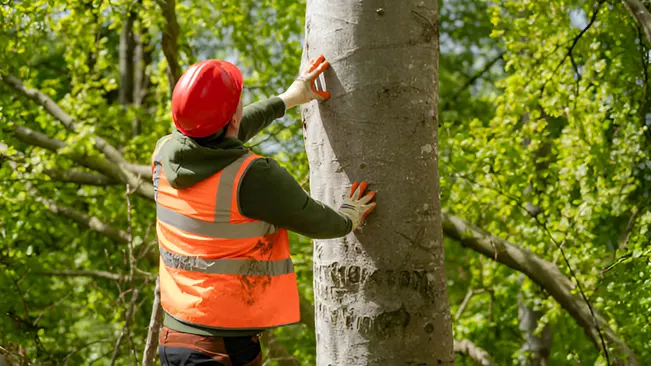
By evaluating these factors, landowners can make smart decisions about their timber’s value. Careful assessment allows you to optimize both the financial returns and the environmental benefits of your standing timber, whether you’re calculating timber worth per tree or assessing the value of timber per acre.
How to Know Standing Timber’s Worth
1. Determine Factors That Affect Timber Value
Understanding the factors that impact your timber’s value can help you make informed decisions about when and how to sell for the best return.
Species of Trees
The type of trees on your property is a major factor in determining value. Hardwoods like oak, maple, and cherry generally have higher timber market prices than softwoods like pine, as they’re preferred for durable and high-end products like furniture and flooring. Identifying the predominant species is a key step when using a standing timber value calculator or seeking a timber appraisal.
Quality of Timber
Timber quality, based on health, straightness, and lack of defects, directly affects its price. High-quality timber, with few defects like knots or rot, is more valuable because it yields more usable wood.
Lower-grade timber with visible defects is less valuable, so regular inspections and management are important for maintaining timber quality over time.

Timber Volume
The volume of timber, measured in board feet, is crucial in determining its value. More board feet mean higher worth, and accurate volume measurement, often done through timber cruising, is essential. Timber cruising involves sampling part of the forest to estimate the total volume and is best handled by a professional forester to ensure accuracy.
Timber Value Trends from 2020-2023
Understanding recent market trends can help provide context to your timber’s potential value. Below is a general overview of average stumpage prices and influencing factors over the past few years:
| Year | Average Stumpage Price per Board Foot | Factors Influencing Price |
|---|---|---|
| 2020 | $0.35 – $0.50 | Economic slowdown, lower demand, stable supply |
| 2021 | $0.45 – $0.65 | Post-pandemic recovery, increased housing demand |
| 2022 | $0.50 – $0.70 | Supply chain issues, strong demand, inflation |
| 2023 | $0.55 – $0.75 | Market stabilization, higher quality demand |
2. Additional Considerations for Valuation
Beyond species, quality, and volume, several other factors can impact the value of standing timber.
Acreage and Tract Size
The size of your timber tract influences its stumpage value. Smaller tracts may have lower value per unit due to higher operational costs, while larger tracts tend to attract more interest from buyers as they’re more economical to harvest. Knowing your timber’s value per acre can help in planning and negotiations.
Accessibility
How easily logging equipment can reach your timber plays a crucial role in its valuation. Difficult access—like poor road conditions, steep slopes, or remote locations—can increase logging costs and lower timber value. Improving access through road upgrades or harvesting the most accessible areas first can help reduce these costs and improve overall profitability.

Land Type
The land type also affects timber value. Timber on dry upland is typically easier and less costly to harvest compared to timber on wetlands, where restricted access may add to logging expenses. Understanding your land type helps in assessing potential logging costs and setting realistic expectations for timber appraisal.
Table 1: Factors Affecting Timber Value
| Factor | Impact on Value |
|---|---|
| Species | Hardwoods generally fetch higher prices than softwoods. |
| Quality | Healthier, defect-free timber is more valuable. |
| Volume | More board feet equal higher overall value. |
| Acreage/Tract Size | Larger tracts are more economical to harvest and often more valuable. |
| Accessibility | Difficult terrain or poor roads lower stumpage rates. |
| Land Type | Upland is easier to log, while wetlands can reduce value. |
3. Market Factors Influencing Timber Value
Beyond the physical characteristics of timber and land, several market factors also influence its value.
Local Market Availability
The proximity of your timber to mills and established logging routes has a major impact on its value. Timber located near active markets and mills tends to attract higher bids, raising stumpage prices due to increased buyer interest. In contrast, timber in remote areas may have lower market prices because of limited competition and fewer buyers.
Product Classes
Timber is classified into various product types like pulpwood, sawtimber, poles, and specialty products each with its own market demand and value. Sawtimber, typically used for high-quality lumber, generally brings a higher price than pulpwood, which is suited for paper production. Understanding these product classes can help in determining the value of standing timber more accurately.
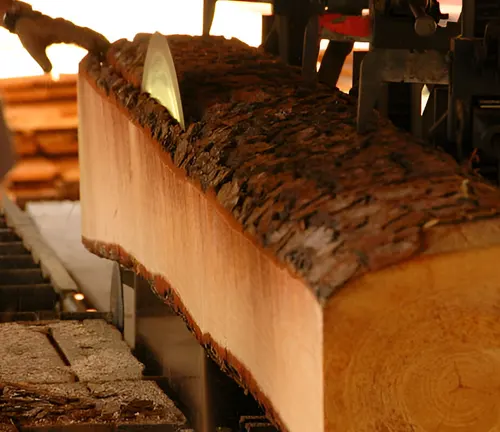
Weather and Seasonal Conditions
Weather and seasons play a role in both timber accessibility and demand. Wet conditions, for instance, can make logging challenging, which may increase operational costs and reduce profitability. On the other hand, dry seasons often improve access and may boost timber market prices due to easier harvesting conditions.
Table 2: Product Classes and Their Market Value
| Product Class | Market Value | Common Uses |
|---|---|---|
| Pulpwood | Low | Paper production, biomass |
| Sawtimber | High | Lumber, construction materials |
| Poles | Medium to High | Utility poles, structural supports |
| Specialty Products | Very High | Veneer, fine furniture |
Steps to Determine Your Timber’s Worth
To get an accurate valuation of your standing timber, follow these steps:
1. Engage a Forestry Consultant
Hiring a professional forester is essential for determining the value of standing timber. A forester can identify species, measure volume, and provide market insights, helping you understand the timber worth per tree or per acre.
Steps to Engage a Forestry Consultant:
- Research local consultants with a strong reputation.
- Request a detailed proposal, outlining costs and services.
- Review qualifications, including certifications and experience.
- Discuss your goals and timeline to ensure alignment.
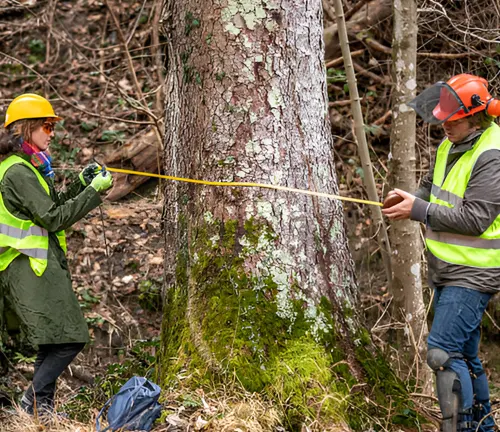
2. Understand Stumpage Prices
Stumpage prices represent what buyers are willing to pay for timber on the stump. These prices vary with species, quality, volume, and market demand. Knowing current timber market prices helps set realistic expectations.
3. Assess Market Conditions
Researching local market trends is key to understanding demand for your timber. Local mill availability and demand trends impact pricing, allowing you to time your timber sale for maximum returns.
4. Evaluate Accessibility and Land Conditions
Consider the land’s terrain, road access, and proximity to markets. Improving access can reduce logging costs, potentially increasing the value of timber per acre.
5. Calculate Final Valuation
Combine data on species, quality, volume, and market conditions to reach a final valuation. You may also use a standing timber value calculator for initial estimates, followed by a thorough appraisal.
Conclusion
Knowing the worth of your standing timber goes beyond identifying tree species or measuring volume; it requires a thorough approach that includes market conditions, land accessibility, and professional guidance. By understanding these factors and following the steps to determine the value of standing timber, you can maximize financial returns while promoting sustainable forest management.
For optimal results, consider hiring a forestry consultant who can guide you from appraisal to final sale. With expert insights and the right information, you can confidently navigate timber valuation and make the most of your forested property.
Frequently Asked Questions (FAQ’s)
- What factors most influence timber value?
The species, quality, and volume of the timber are the primary factors. Additionally, market conditions, accessibility, and land type also play crucial roles. - How do you measure timber volume?
Timber volume is typically measured in board feet, often determined through timber cruising. Accurate measurements are vital for determining the timber’s value. - Why is timber quality important?
Higher-quality timber with minimal defects commands better prices. Quality is assessed based on tree health, straightness, and the absence of knots or rot. - How do market conditions affect timber value?
Timber prices fluctuate based on local demand, economic factors, and seasonality. Researching market trends helps in timing your sale for the best returns. - What role does land accessibility play in timber valuation?
Difficult terrain or poor road access increases logging costs, reducing the overall value of the timber. Improving accessibility can enhance its value. - Should I hire a consulting forester?
Hiring a forester is recommended for accurate timber valuation and sale management. Their expertise typically results in higher returns, outweighing their service costs. - What are stumpage prices?
Stumpage prices refer to the amount paid for timber while it is still standing. These prices vary based on species, quality, and market conditions. - How often should I evaluate my timber?
Timber should be evaluated periodically, especially before a planned sale. Regular assessments help account for growth and changes in market conditions. - What steps should I take before selling my timber?
Identify the species, measure the volume, assess quality, and consult local market reports. Engaging a forester ensures you get the best price. - How can I maximize the value of my timber sale?
Maximize value by ensuring accurate measurements, staying informed on market trends, and timing your sale strategically. Professional guidance is key to achieving optimal results.
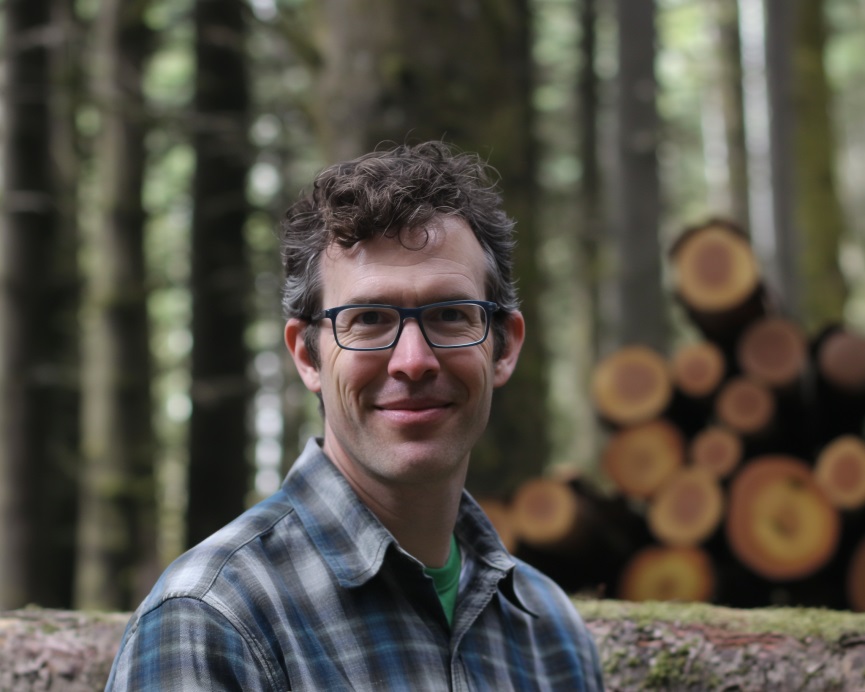
James Wilson
Forestry AuthorJames Wilson has over 15 years of experience in forestry economics, specializing in sustainable practices, investment opportunities, and financial management. He has contributed to notable publications like "Forestry Today" and "EcoFinance Journal" and is known for providing practical and insightful advice. With a degree in Environmental Economics, James stays updated through continuous learning and active participation in industry discussions. Outside work, he enjoys hiking and nature photography, bringing a well-rounded perspective to his professional role.

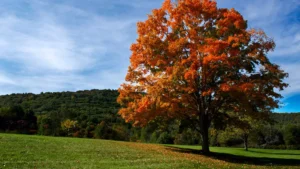
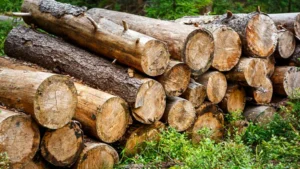
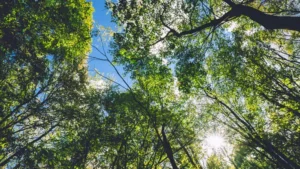
Leave your comment